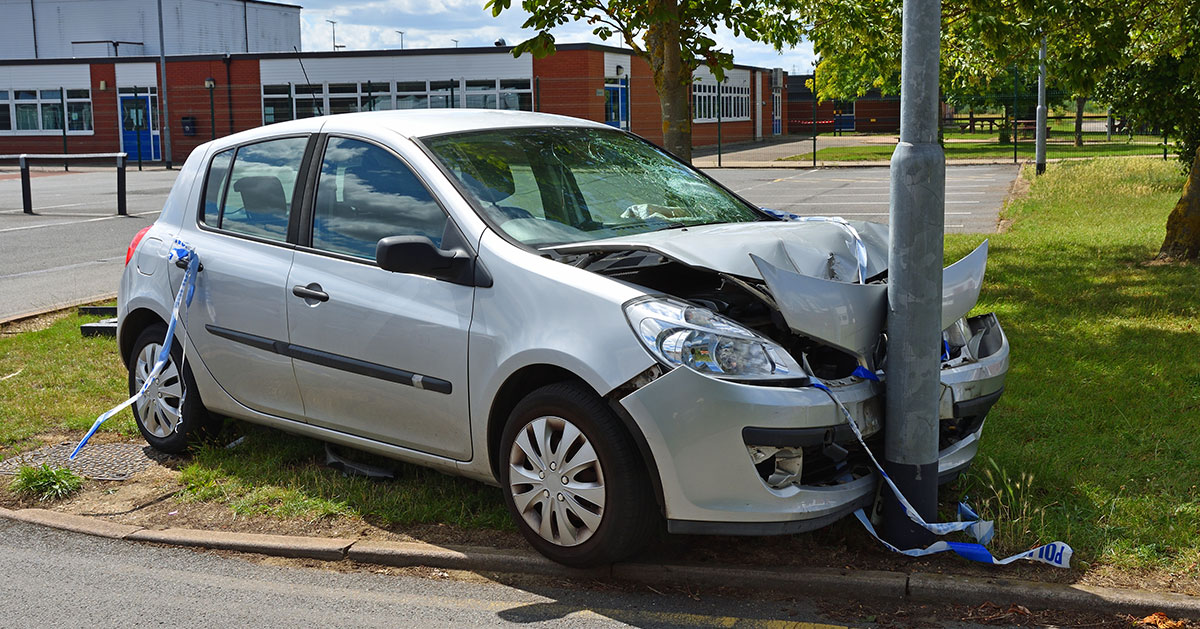When disaster strikes and your car is stolen or written off, you expect your insurance payout to make things right. After all, that’s why you’ve been paying your premiums every month without fail.
Imagine then, the major shock to the system when you receive a different amount altogether. If the amount you receive isn’t the figure you had in mind and were banking on, what will you do?
We absolutely don’t want you to be left in the position that leaves you facing unexpected costs. To that end, we’ve created this handy guide to unpack how your car’s value is determined, how this can impact your payout, and hopefully, save you from surprises after a claim.
Different values mean different payouts
Your insurer calculates your payout based on 1 of 3 types of car value:
- Retail value: The amount you’d pay for the car in a dealer showroom, including dealer fees and taxes. Usually the highest value.
- Market value: The price your car would sell for in the open market, considering factors like mileage, condition, and demand. Often lower than retail value.
- Agreed value: A pre-agreed fixed amount between you and the insurer when you take out the policy. This doesn’t change over the policy term.
Why on earth does this matter?
If your policy pays out at market or retail value, and the amount is less than what you paid for your car or what you owe on finance, you could be left out of pocket.
For example:
- You bought a car for R300,000. After a year, the retail value is R250,000.
- If your car is written off, your insurer pays R250,000.
- If you still owe R270,000 on finance, you’ll have to cover the R20,000 shortfall yourself.
Let’s talk about agreed value
We added the option for clients to choose another value altogether, and that’s our agreed value. When you choose to insure your car for the agreed value, you can avoid any risk of paying a shortfall (plunging yourself into debt). And because you’ve agreed on a value with us, there are no surprises.
Anyone can choose our agreed value, but most of the time, this option is ideal for people who own a collectible, classic, or modified car, or people whose cars depreciate quickly (but they still want full protection for the purchase price), and those who simply want peace of mind during high-risk seasons, like the upcoming festive period.
Why it matters now
Spring and summer bring more drivers on the road, longer trips, and higher traffic volumes. Hi-jacking rates and accident risks tend to increase around holidays and long weekends. Being clear on your cover now means you’re not caught off guard later.
What you should do:
- Check your policy to see which value type applies.
- Consider upgrading to agreed value cover if your current policy uses market or retail value.
- Speak to us so that we can help you tailor your cover to your needs.
Click here for a commitment-free insurance quote or you can WhatsApp us on 0860 50 50 50
5 FAQs
1. What’s agreed value cover?
It’s a policy where you and your insurer agree on a fixed payout amount when you take out the insurance, regardless of market fluctuations.
2. How does market value differ from retail value?
Market value reflects what your car sells for privately based on condition and demand, while retail value is generally the dealer’s selling price including taxes and fees.
3. Can I switch from market or retail value to agreed value cover?
Yes, but it may affect your premium. Consult 1 of our friendly consultants to understand your options.
4. Does agreed value cover apply to all cars?
Typically, it’s most useful for classic, collectible, or modified cars, but it can be available for other cars depending on the insurer.
5. How does this affect claims during high-risk seasons?
Having agreed value cover means your payout is predictable, which is helpful when accident or theft rates are higher.
